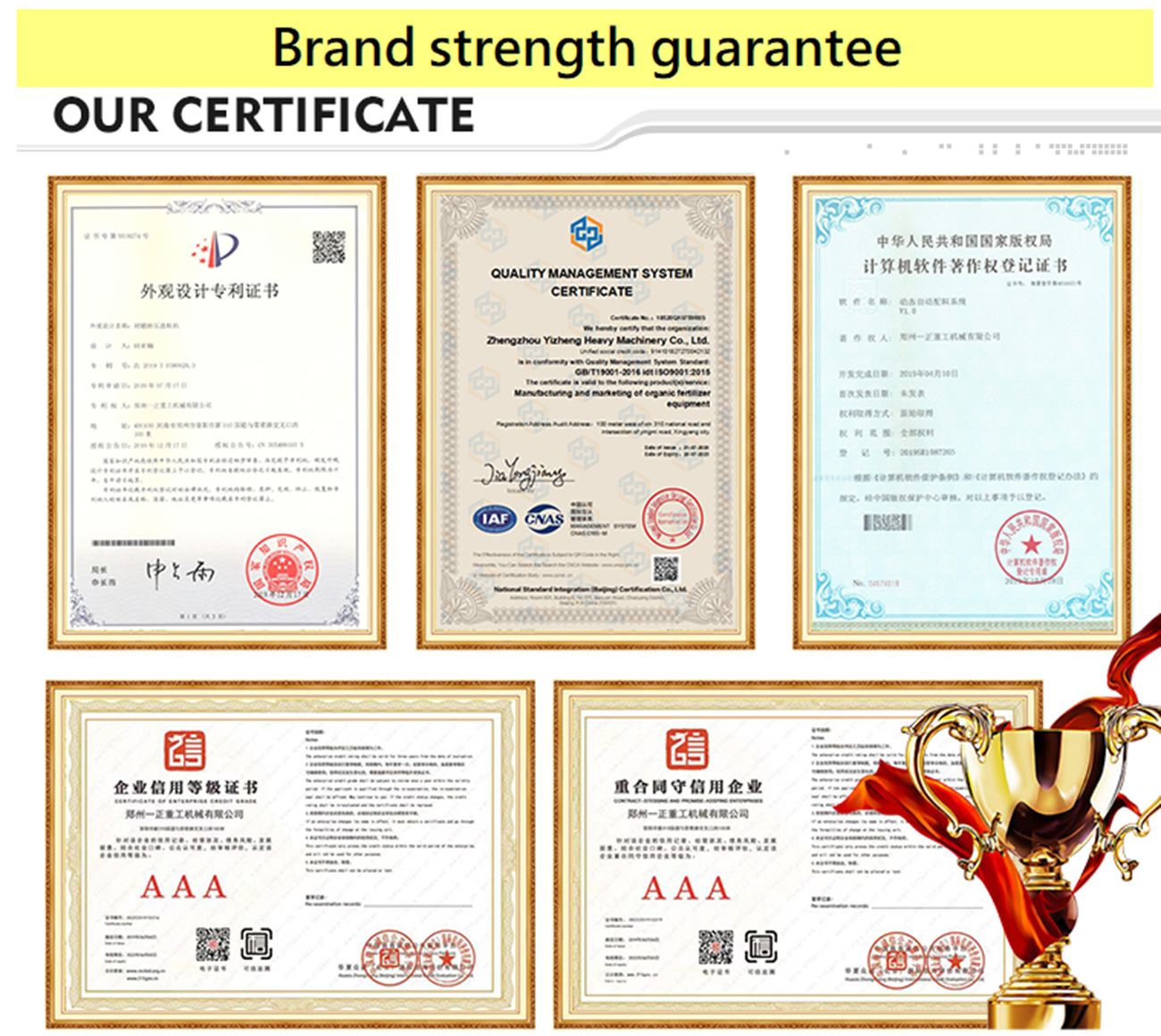Granular organic fertilizer provides organic matter to the soil, thus providing plants with the nutrients and helping to build healthy soil systems. Organic fertilizer therefore contains huge business opportunities. With the gradual restrictions and prohibition of fertilizer use in most countries and relevant departments, the production of organic fertilizer will become a huge business opportunity.
Granular organic fertilizer is usually used to improve soil and provide nutrients for crop growth. They can also be quickly decomposed when they enter the soil, releasing nutrients quickly. Because solid organic fertilizers are absorbed at a slower rate, they last longer than liquid organic fertilizers. The use of organic fertilizer has greatly reduced the damage to the plant itself and the soil environment.
The necessity of further producing powdered organic fertilizer into granular organic fertilizer:
Powder fertilizer is always sold in bulk at a cheaper price. Further processing of powdered organic fertilizer can increase nutritional value by mixing other ingredients such as humic acid, which is beneficial for buyers to promote the growth of high nutritional content of crops and investors to sell at better and more reasonable prices.
1. Animal excrement: chicken, pig's dung, sheep dung, cattle singing, horse manure, rabbit manure, etc.
2, industrial waste: grapes, vinegar slag, cassava residue, sugar residue, biogas waste, fur residue, etc.
3. Agricultural waste: crop straw, soybean flour, cottonseed powder, etc.
4. Domestic waste: kitchen garbage
5, sludge: urban sludge, river sludge, filter sludge, etc.
Granular organic fertilizer production process: stirring - granulation - drying - cooling - sieving - packaging.

We provide professional technical service support, planning according to customer needs, design drawings, on-site construction suggestions, etc.
Provide various production processes of granular organic fertilizer production lines to meet customers' needs, and the equipment is easy to operate.

1. Stir and granulate
During the stirring process, powdery compost is mixed with any desired ingredients or formulas to increase its nutritional value. Then use a new organic fertilizer granulator to make the mixture into particles. Organic fertilizer granulator is used to make dust-free particles of controllable size and shape. The new organic fertilizer granulator adopts a closed process, no respiratory dust discharge, and high productivity.
2. Dry and cool
The drying process is suitable for every plant that produces powdery and granular solid materials. Drying can reduce the moisture content of the resulting organic fertilizer particles, reduce the thermal temperature to 30-40°C, and the granular organic fertilizer production line adopts a roller dryer and a roller cooler.
3. Screening and packaging
After granulation, organic fertilizer particles should be screened to obtain the required particle size and remove particles that do not conform to the particle size of the product. Roller sieve machine is a common sieving equipment, which is mainly used for the classification of finished products and uniform grading of finished products. After sieving, the uniform particle size of organic fertilizer particles is weighed and packaged through an automatic packaging machine transported by a belt conveyor.

